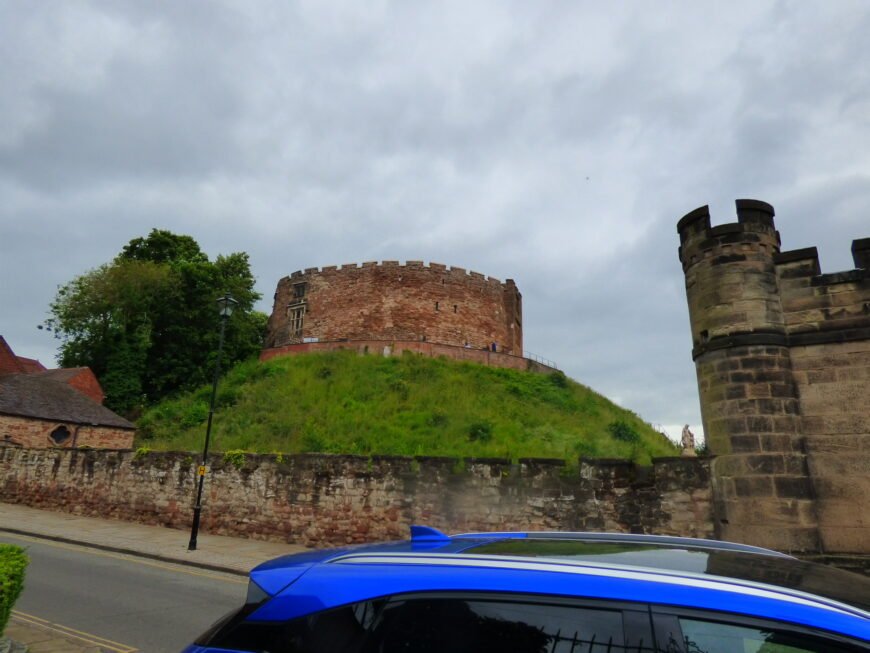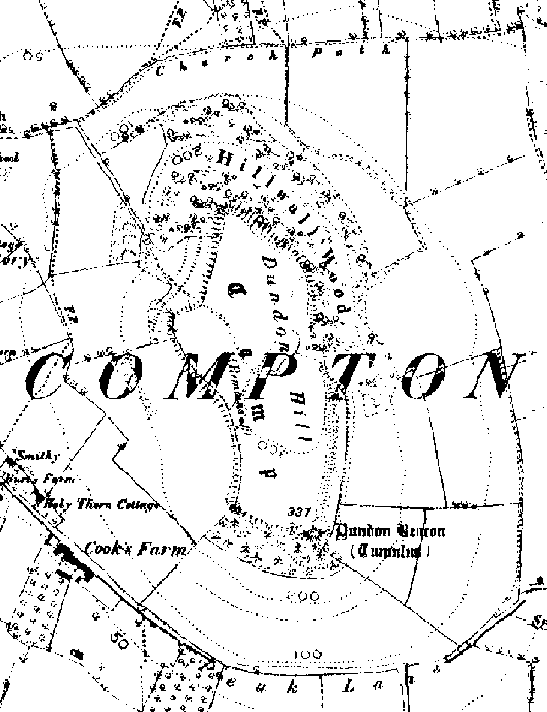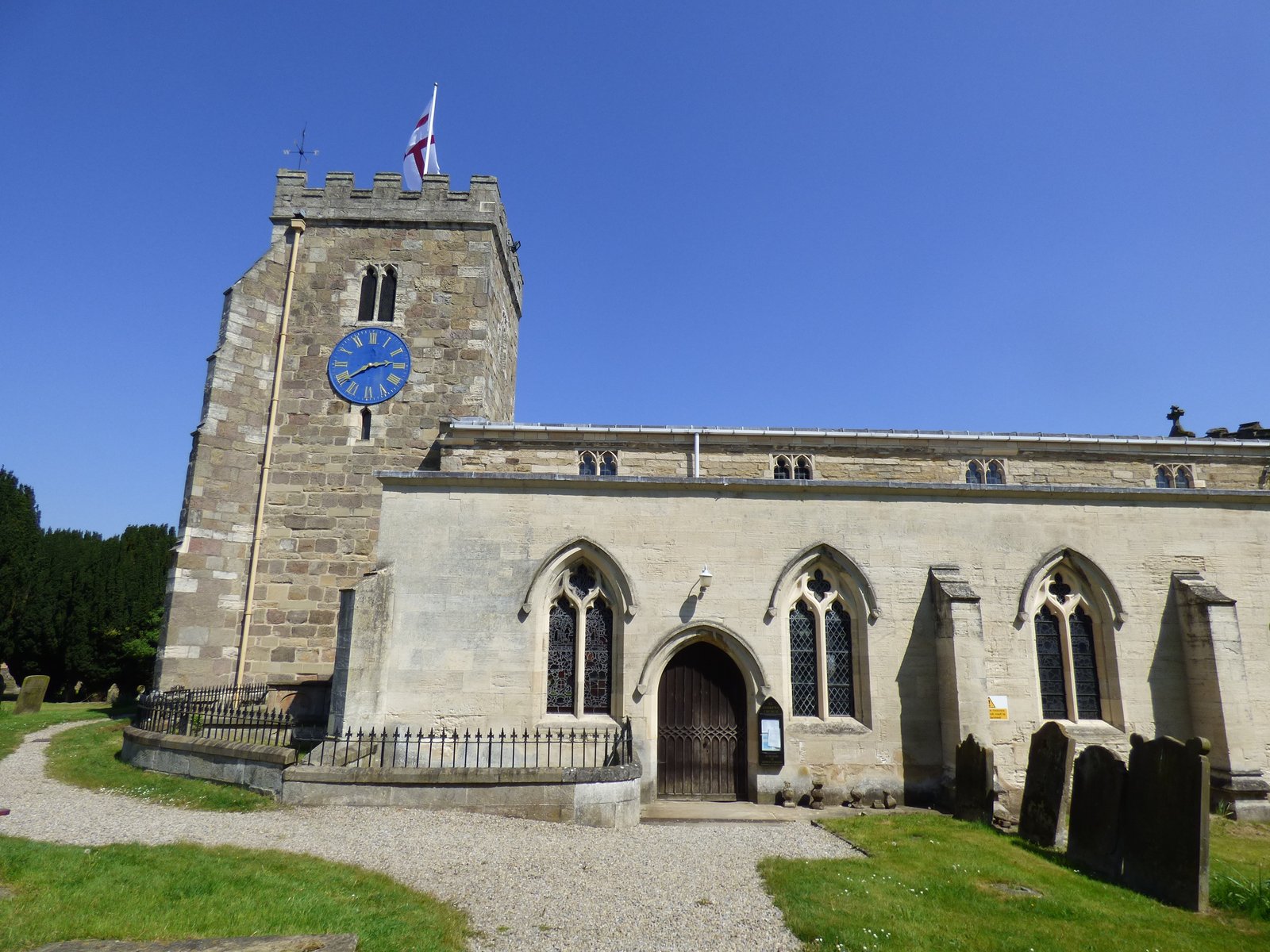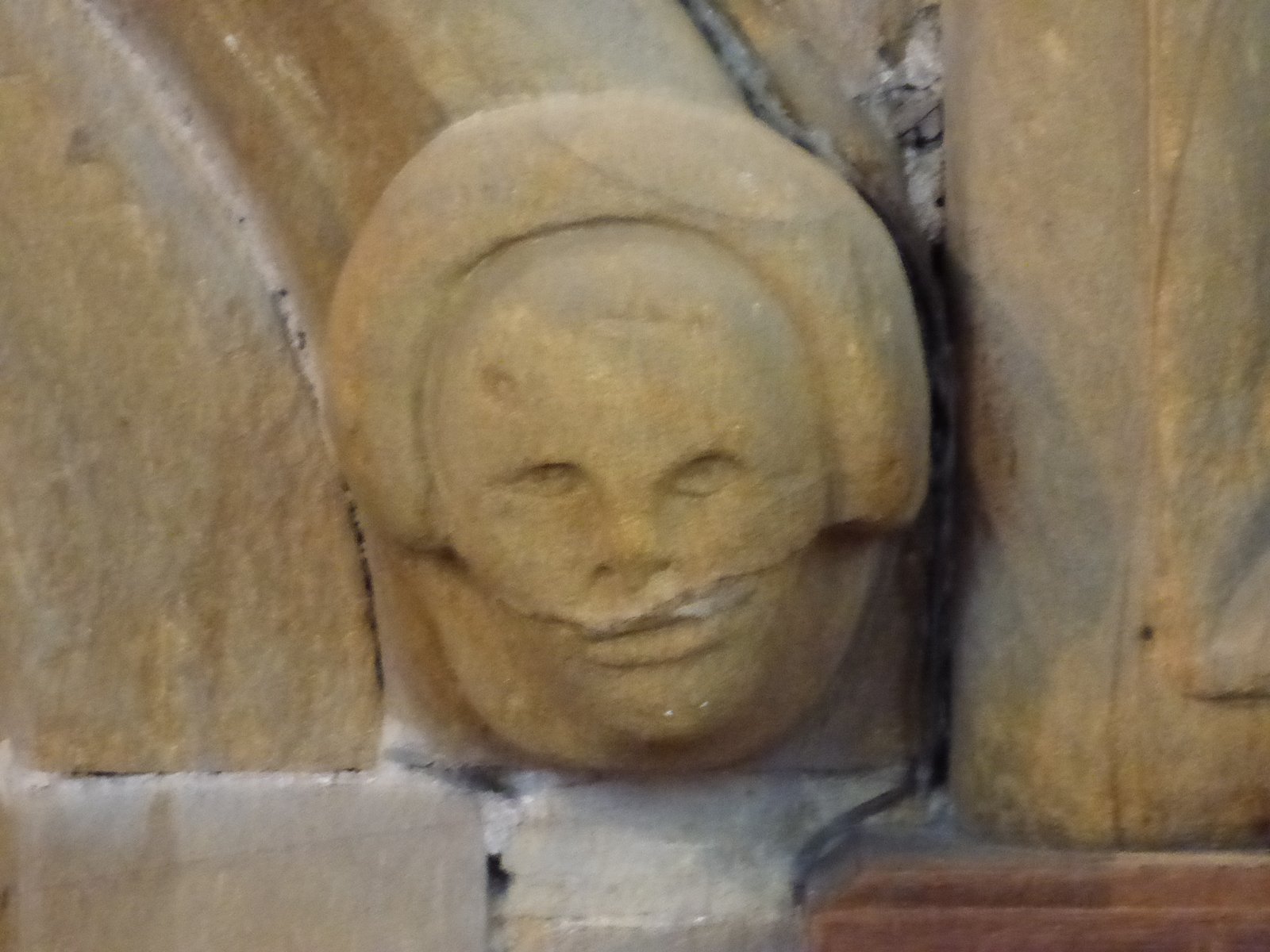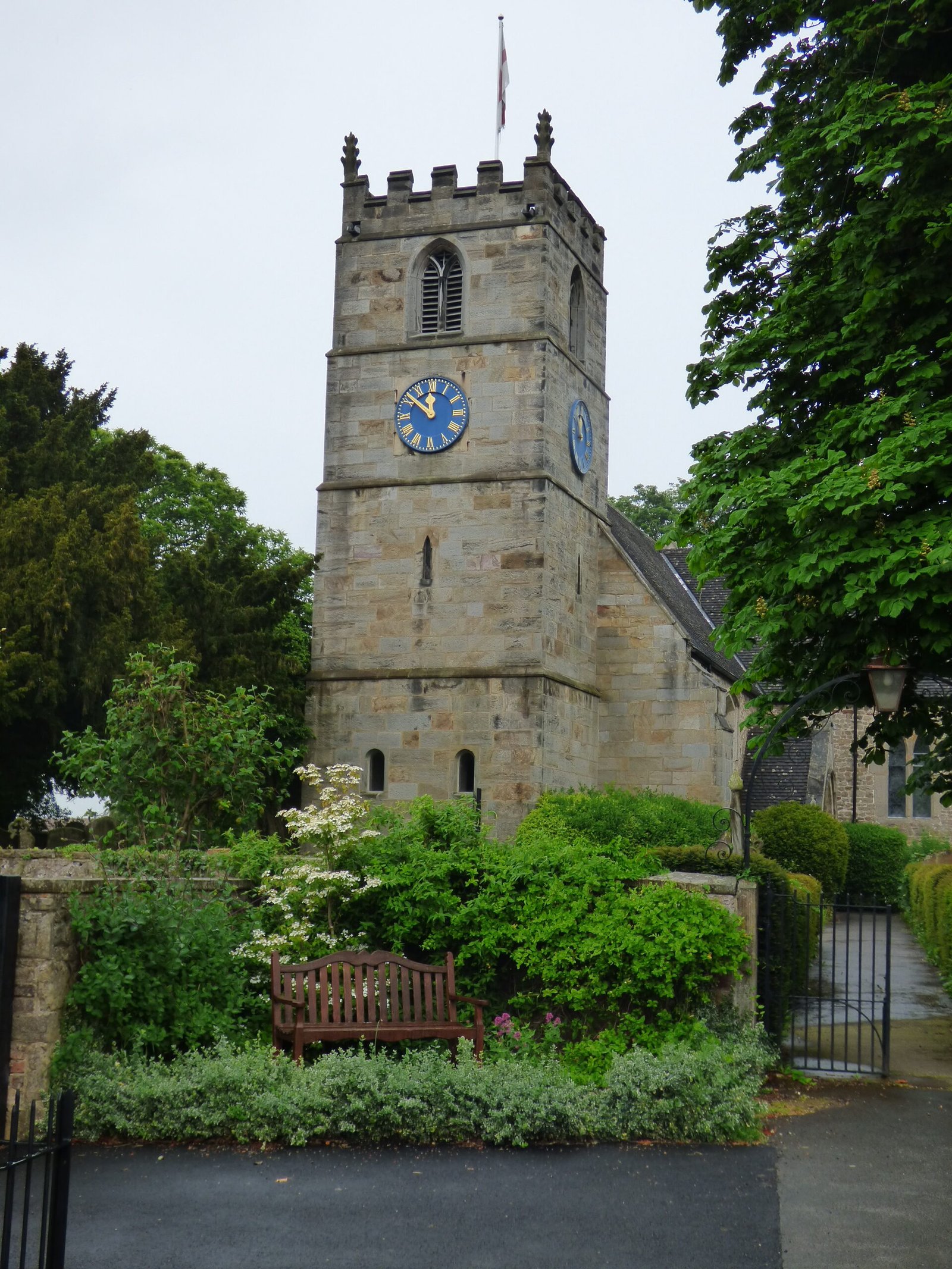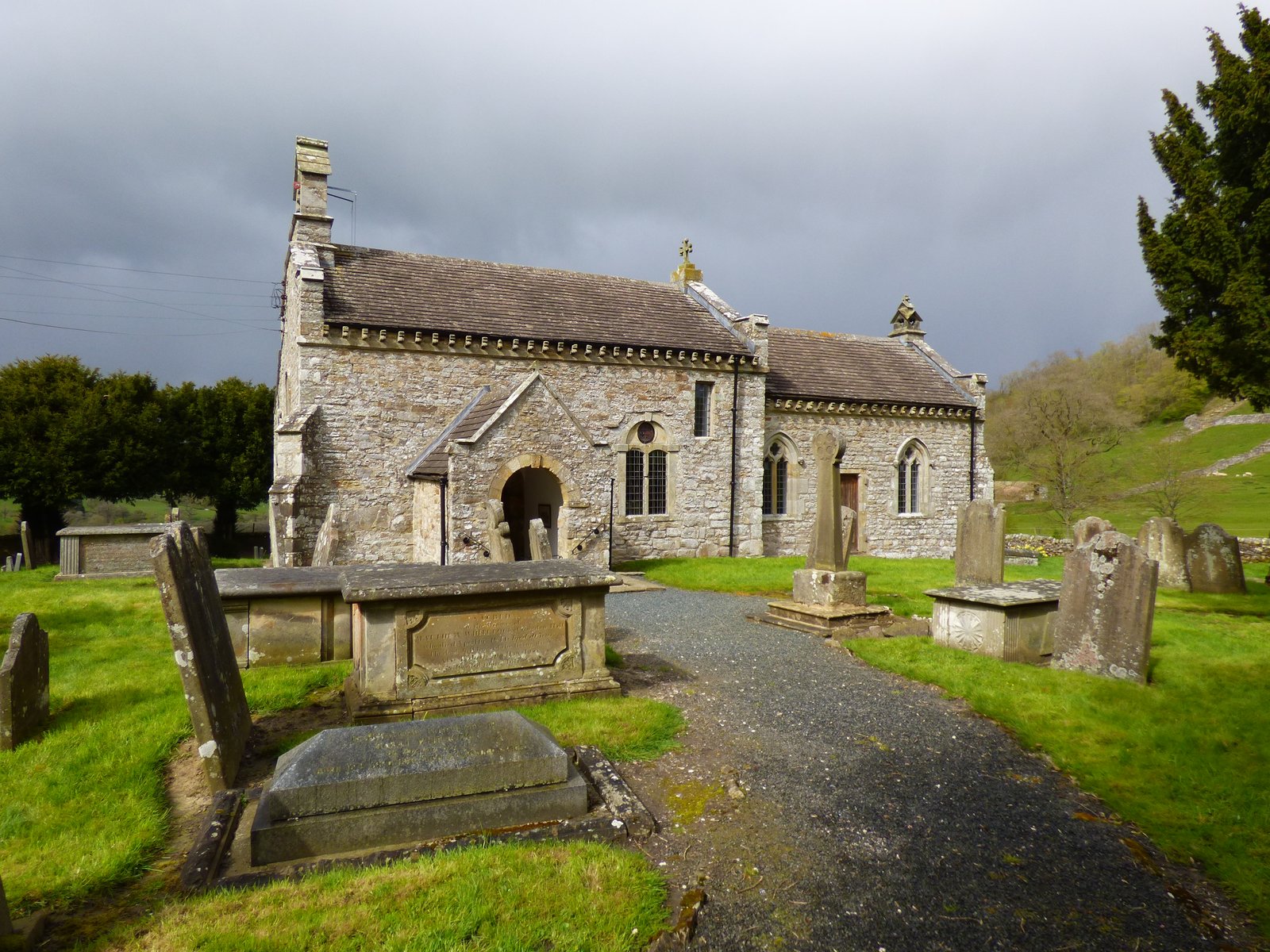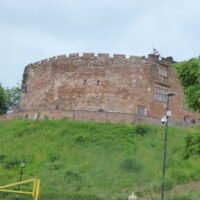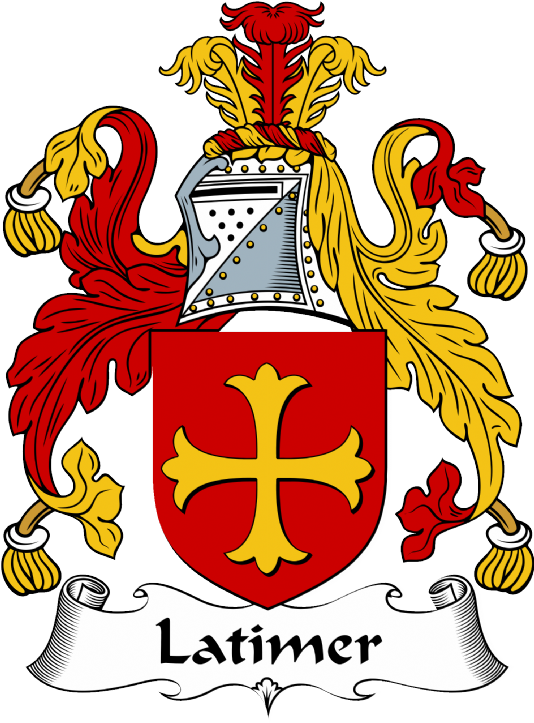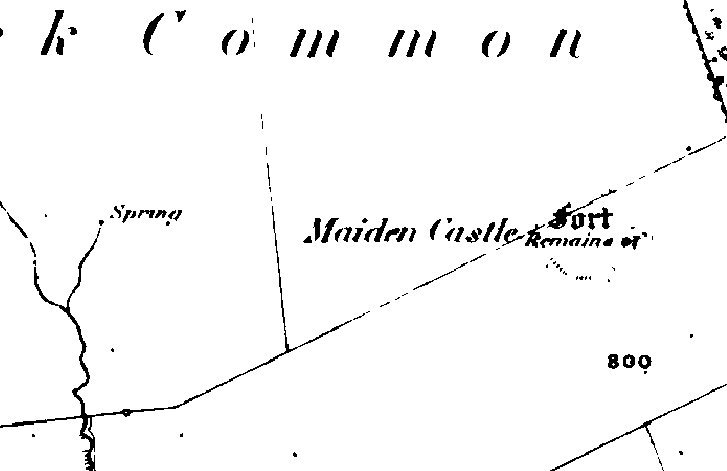Linked Pages
Lady Bridge – Tamworth
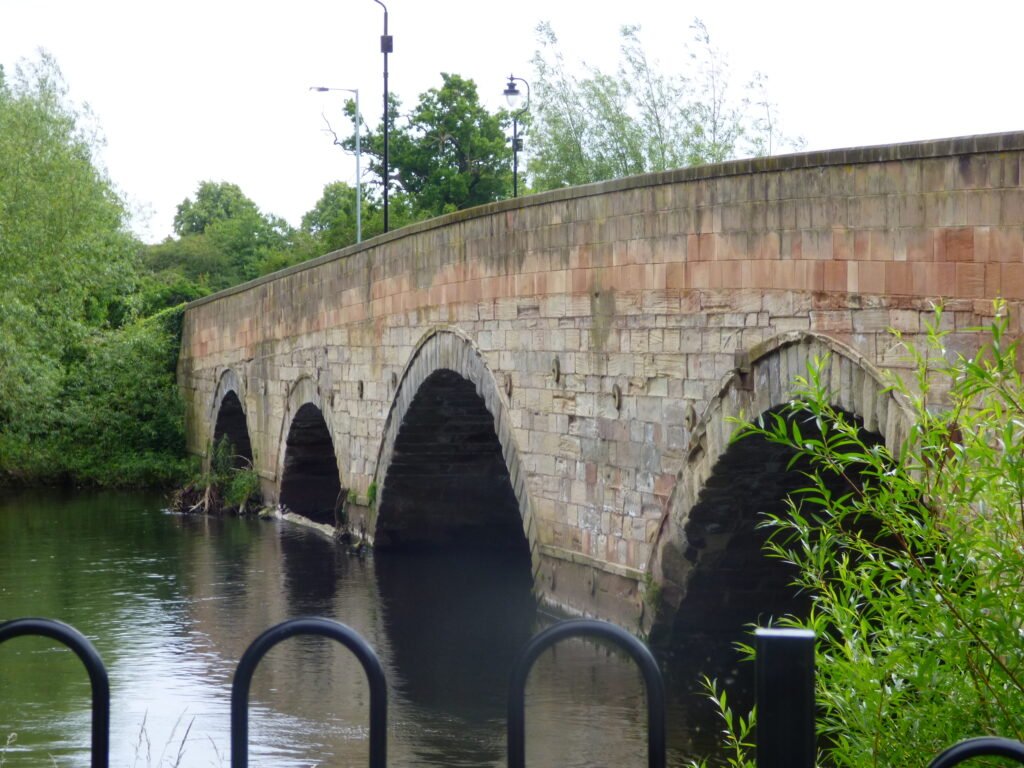
Site Details:
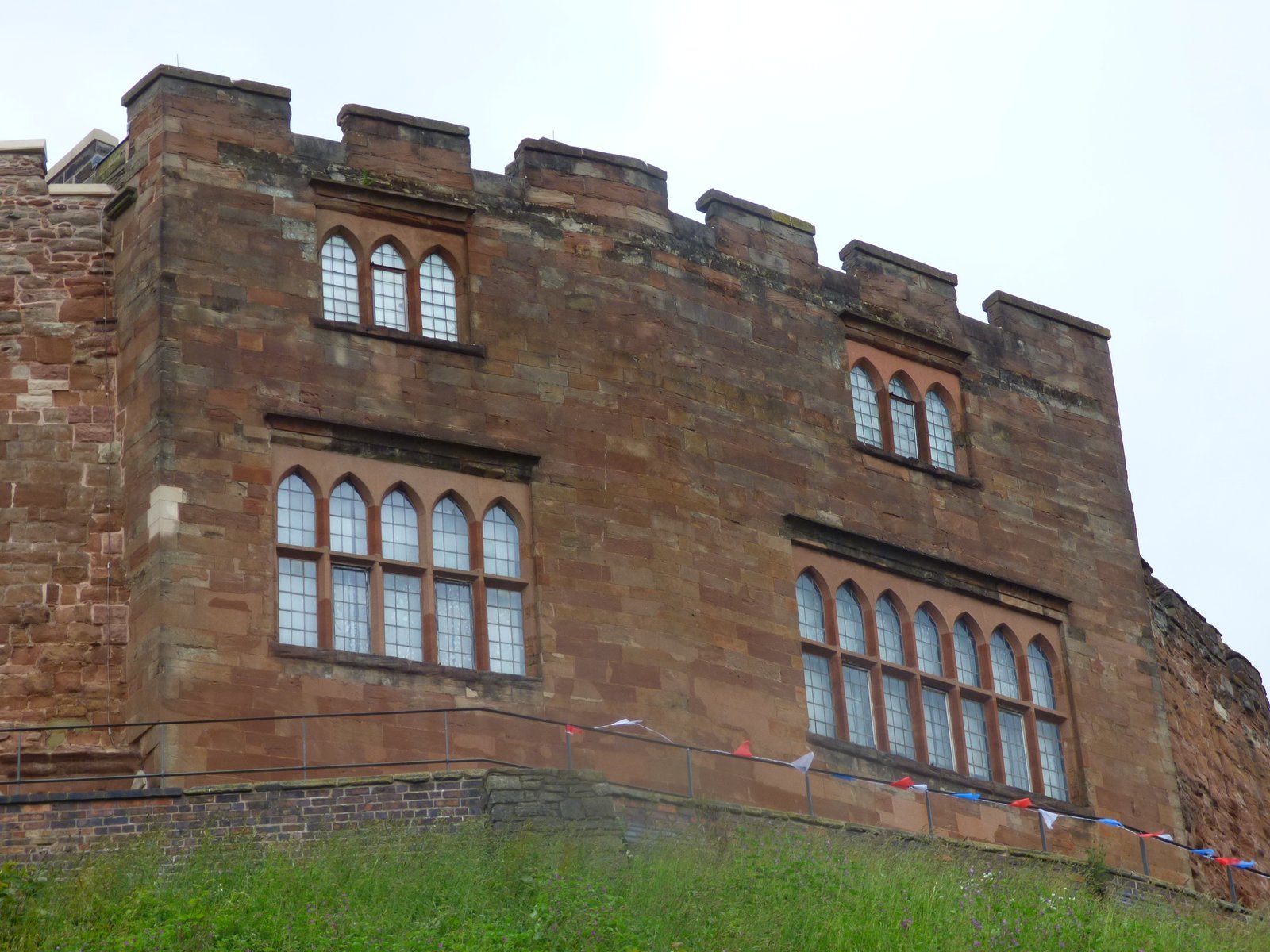
Tamworth Castle, has known origins that trace back to Anglo-Saxon times when it served as a residence for the Mercian kings. The castle's strategic importance was highlighted during the Viking invasions, leading to its abandonment.
The castle's Saxon roots are evidenced by its strategic location in Tamworth, which was the heartland of the ancient Kingdom of Mercia. Historical records indicate that Tamworth was a place of significant importance, serving as the royal residence of the Mercian kings.
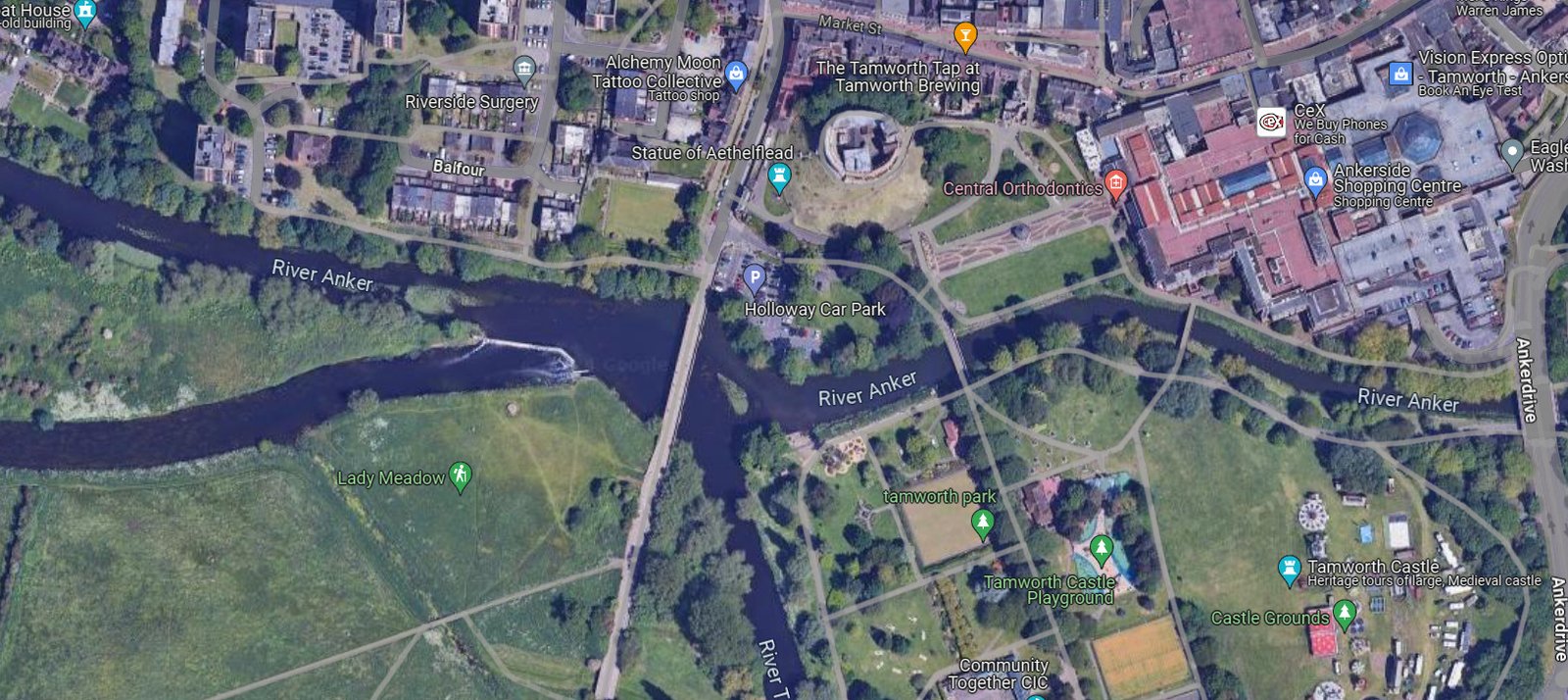
The earliest structural evidence of the castle dates back to the reign of King Offa, who is known to have issued charters from his palace in Tamworth, the first of which dates from 781. This early palace likely consisted of timber structures, typical of the period. The town and its fortifications suffered during the Viking invasions, leading to a period of decline. However, in 913, Æthelflæd, Lady of the Mercians and daughter of Alfred the Great, fortified the town with an earthen burh, marking the beginning of the site's transformation into the motte-and-bailey castle we recognize today.

From its origins as a Saxon stronghold, Tamworth's strategic importance continued through the medieval period, where it served as a market centre, evidenced by the granting of charters in the 14th century, including the right to hold two annual fairs in 1337. These fairs were significant, drawing merchants and customers from across the land, contributing to the town's economic vitality. The town also experienced adversity, such as the great fire of 1345, which devastated much of it, reflecting the constant threat of fire in medieval towns due to the prevalent use of wood and thatch in building construction.
In the post-medieval era, Tamworth's narrative includes the philanthropy of Thomas Guy, who founded almshouses in 1678 and later established the town hall in 1701, leaving a legacy that would culminate in the founding of Guy's Hospital in London. The 19th century saw Tamworth evolve from a small market town into a burgeoning community, partly due to the exploitation of local coal and clay deposits, which led to the development of mining villages in the surrounding area.
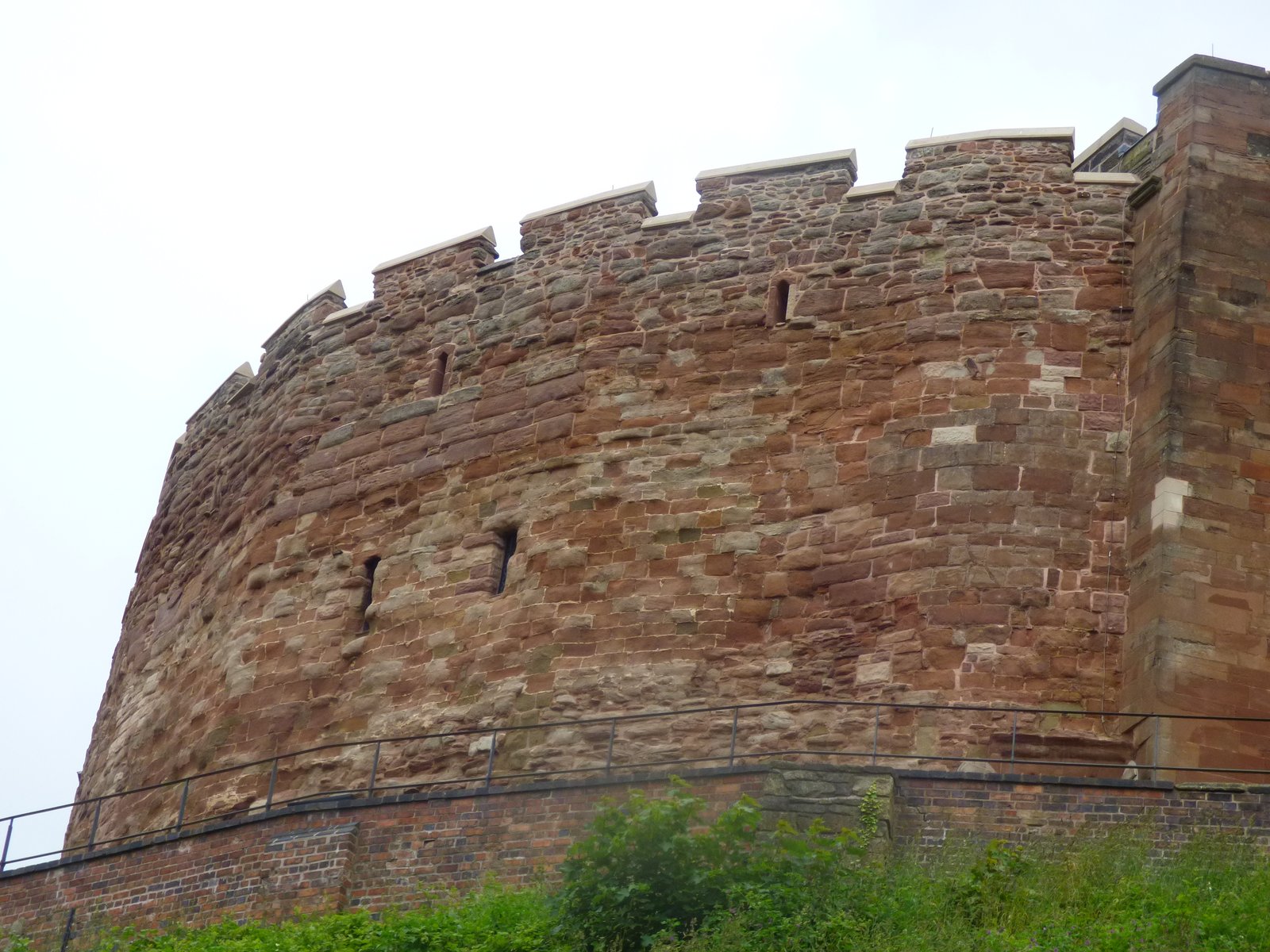
The division of Tamworth between Staffordshire and Warwickshire, with the boundary running through the town centre, is a unique aspect of its history. This division did not seem to cause significant issues for the inhabitants, even before a corporation covering both parts was established by royal charter in 1560. However, in 1889, following national legislation, Tamworth became wholly part of Staffordshire, a change determined by the larger population residing in the Staffordshire part at the time of the 1881 census.
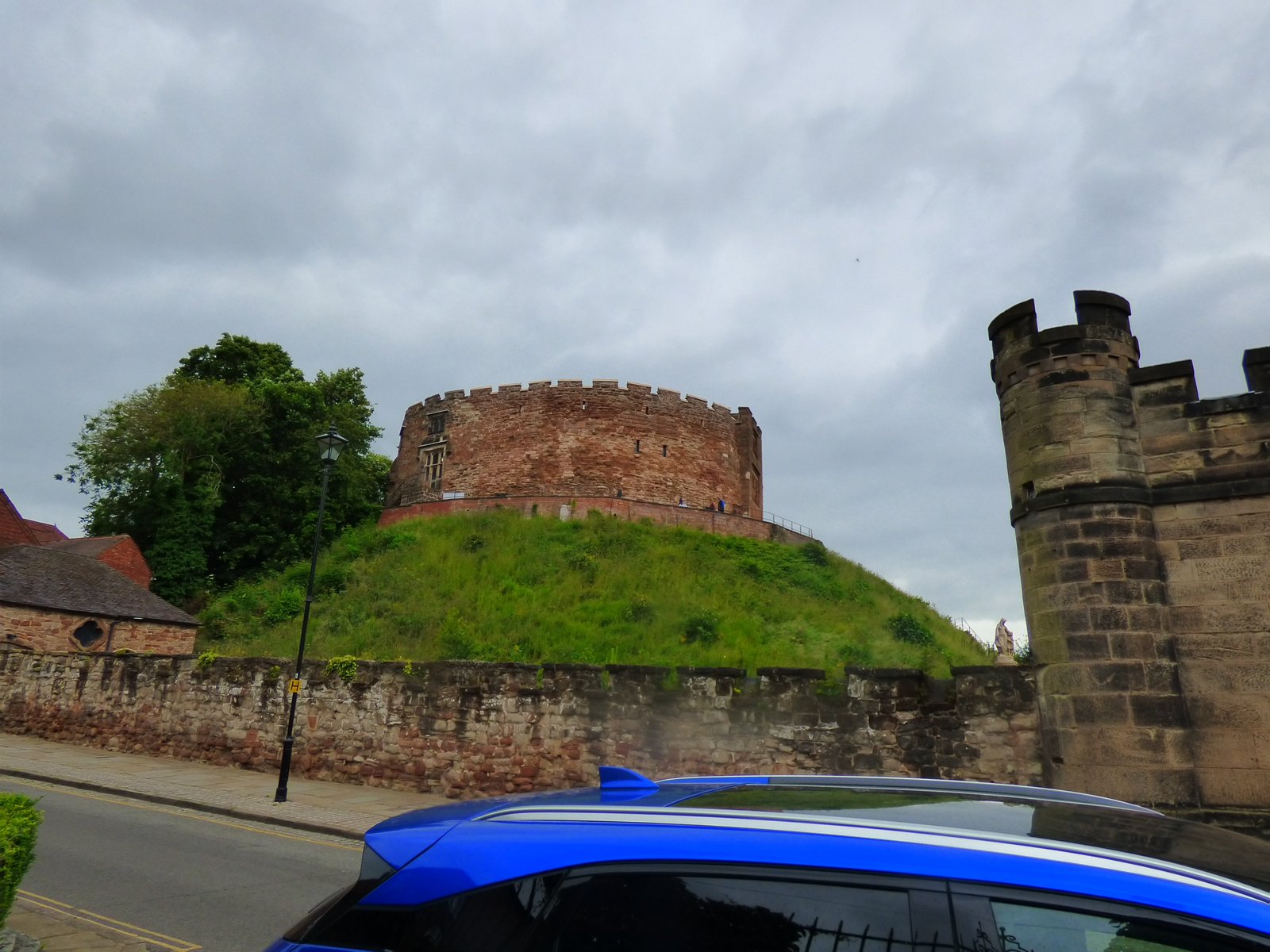
The castle's historical significance is also tied to its role in the power dynamics of medieval England. It was the seat of the powerful Earl of Leicester and witnessed key events that shaped the nation. The Marmion family, hereditary champions of the Dukes of Normandy, held Tamworth Castle for six generations, from around 1100 to 1294. Their tenure saw the castle begin its transformation from a wooden fortress to a stone stronghold.
Tamworth Castle also has a darker side to its history, with tales of hauntings and dastardly deeds. It was caught in the crossfire of royal conflicts, such as when King John ordered its demolition during the turmoil of his reign. Yet, the castle endured, and the Marmion family regained control after John's death. The last male Marmion owner, Philip, left a legacy of early Norman herringbone masonry that can still be seen today. The castle's main keep, which is substantially intact, offers a glimpse into the Norman style of construction with its robust and imposing structure. One of the most striking features is the early Norman herringbone masonry, a distinctive pattern that adds to the aesthetic appeal and speaks to the craftsmanship of the era. The castle grounds are set in a picturesque location by the riverside, providing a serene backdrop to the historic site. Inside, Tamworth Castle is a treasure trove of history, with a rich collection of artefacts that tell the story of its past inhabitants and their lives. The Battle & Tribute exhibition is particularly notable, featuring interactive displays and items from the famed Staffordshire Hoard, which includes Anglo-Saxon gold and silver metalwork. Additionally, the Tamworth AR Explorer offers an augmented reality trail that brings the castle's history to life, allowing visitors to experience the past in a modern and engaging way. The castle also boasts a series of well-curated rooms that reflect different periods of its history, from the medieval grandeur of the Great Hall to the Victorian elegance of the Lady's Chamber. Each room is meticulously restored and furnished, providing an immersive experience into the castle's evolution over the centuries. The grounds of Tamworth Castle are equally impressive, with beautifully maintained gardens that offer a peaceful retreat and stunning views of the surrounding landscape. Tamworth Castle's historical importance is further highlighted by its role in key events and as the seat of influential families, such as the Marmions, who were hereditary champions of the Dukes of Normandy. The castle's architecture and exhibits not only showcase its military significance but also its cultural and social impact throughout the ages. It stands today not just as a monument of the past but as a vibrant educational resource, continuing to fascinate and inspire visitors from around the world.
